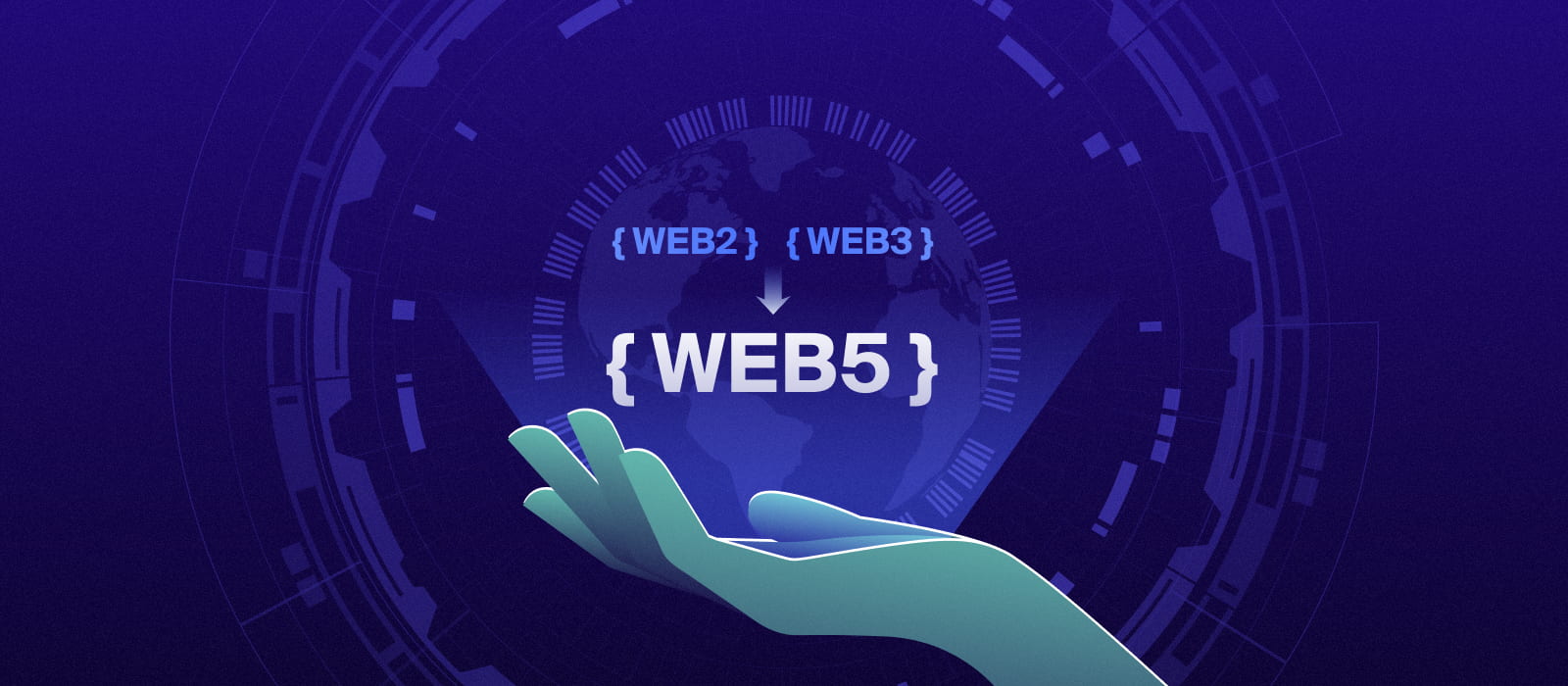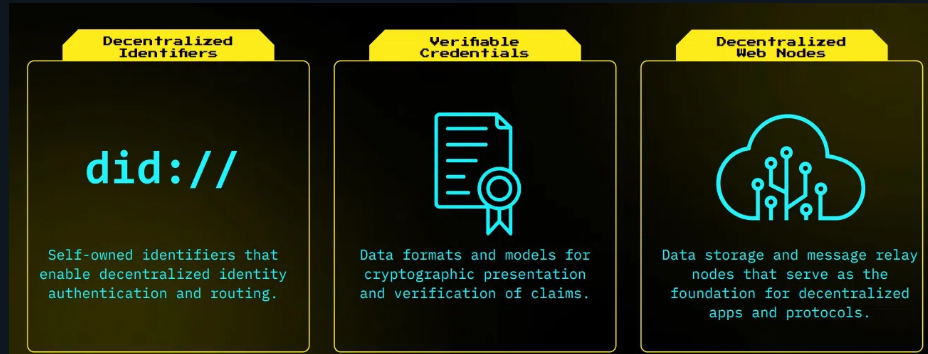The Dawn of a Decentralized, User-Centric Web
 Obumneme Eziamaka
Obumneme Eziamaka
Introduction
In the realm of technology, there exists a constant quest for innovation, an insatiable desire to push the boundaries of what is possible. This relentless pursuit has led us from the rudimentary days of static web pages to the dynamic, interactive landscapes of today's internet. Yet, amidst this rapid evolution, a fundamental shift is brewing, one that promises to reshape our online experiences and usher in a new era of digital empowerment: Web5.
What is Web5?
Web5, a term coined by former Twitter CEO Jack Dorsey, envisions a decentralized, user-centric internet where individuals reclaim control of their data, privacy, and digital interactions. It's a bold vision, one that challenges the status quo and disrupts the established norms of the online world.
To fully grasp the significance of Web5, we must first revisit the preceding stages of internet evolution. Web 1.0, the earliest iteration, was a static, read-only web, where users simply consumed information without the ability to actively participate. With the advent of Web 2.0, the internet transformed into an interactive platform, enabling users to generate content, connect with others, and share their experiences.
However, Web 2.0's centralized architecture has also raised concerns over data privacy and user control. Large tech companies have amassed vast troves of personal information, often without explicit user consent, raising concerns about surveillance and data misuse. Moreover, these companies have become gatekeepers of the digital realm, wielding immense power over the flow of information and online interactions.
Web5 emerges as a response to these concerns, seeking to decentralize the internet and empower individuals. By leveraging blockchain technology, Web5 aims to establish a distributed ledger that records user interactions and data in a secure, transparent manner. This distributed infrastructure eliminates the need for intermediaries, placing control back into the hands of users.
At the heart of Web5's philosophy lies the concept of user-centric data ownership. Users will be able to manage their personal information, deciding how and with whom it is shared. This shift not only safeguards privacy but also opens up new avenues for data monetization, allowing individuals to directly benefit from their digital footprint.
Imagine a world where you, not tech companies, decide how your data is used and monetized. Where you seamlessly navigate a unified digital landscape without the constraints of multiple accounts and data silos. Where a new wave of decentralized applications, free from corporate control, revolutionize the way we interact online. This is the promise of Web5, a future where the internet truly empowers individuals and fosters innovation.
Unleashing Innovation
Web5's decentralized infrastructure paves the way for a new wave of innovative decentralized applications (DApps). These DApps will operate autonomously, free from the control of any single entity, enabling users to interact with them in a secure, transparent, and trustless manner. This fertile ground for innovation will undoubtedly lead to the development of groundbreaking applications that revolutionize various aspects of our digital lives.
Components of Web5

Decentralized Identifiers (DIDs): DIDs are unique digital identifiers that represent individuals or entities on the Web5 network. They are self-sovereign, meaning that users control their own DIDs and can manage them without relying on centralized intermediaries like social media platforms or governments.
Verifiable Credentials (VCs): VCs are tamper-proof digital credentials that provide verifiable attestations about an individual's identity, qualifications, or affiliations. They are issued by trusted entities, such as educational institutions or employers, and can be verified by anyone using the Web5 network.
Decentralized Web Nodes (DWNs): DWNs are the backbone of the Web5 infrastructure. They are distributed servers that store and manage data on the Web5 network, ensuring that data is not controlled by any single entity. DWNs also facilitate the exchange of DIDs and VCs, enabling secure and verifiable interactions between users and applications.
The combination of DIDs, VCs, and DWNs creates a foundation for a truly decentralized internet, where users are empowered to manage their own digital identities, control their data, and interact with applications in a secure and transparent manner.
Key features of Web5
Decentralized identity: Users will be able to create and manage their own digital identities, without having to rely on third-party companies. This will give them more control over their data and privacy.
Decentralized data storage: Users will be able to store their data on a decentralized network, rather than on a centralized server. This will make it more difficult for hackers to steal or corrupt data.
A new class of decentralized apps: Web5 will enable the development of a new class of decentralized applications that are not controlled by any single company. This will give users more choice and control over the apps they use.
A more immersive and personalized web experience: Web5 will enable the development of more immersive and personalized web experiences. For example, users may be able to interact with websites in a more natural way, using their voice or gestures.
Navigating Challenges and Seizing Opportunities
Of course, the transition to Web5 is not without its challenges. The decentralized infrastructure requires significant technological advancements and a shift in user behavior. Ensuring interoperability between different blockchain networks and establishing robust governance mechanisms are crucial considerations.
Despite these challenges, the potential benefits of Web5 are undeniable. The prospect of a user-centric, data-secure, and decentralized internet holds immense promise for empowering individuals, fostering innovation, and shaping a more equitable digital future.
Conclusion
As we venture into this uncharted territory, it is essential to collaborate, innovate, and adapt to ensure that Web5 truly fulfills its transformative potential. Let us embrace this opportunity to reshape the internet, not as a passive medium of consumption, but as an empowering tool for individual expression, innovation, and shared prosperity. The future of the internet lies in the hands of users, and Web5 is the dawn of a new era where we take control of our digital destiny.
Subscribe to my newsletter
Read articles from Obumneme Eziamaka directly inside your inbox. Subscribe to the newsletter, and don't miss out.
Written by
